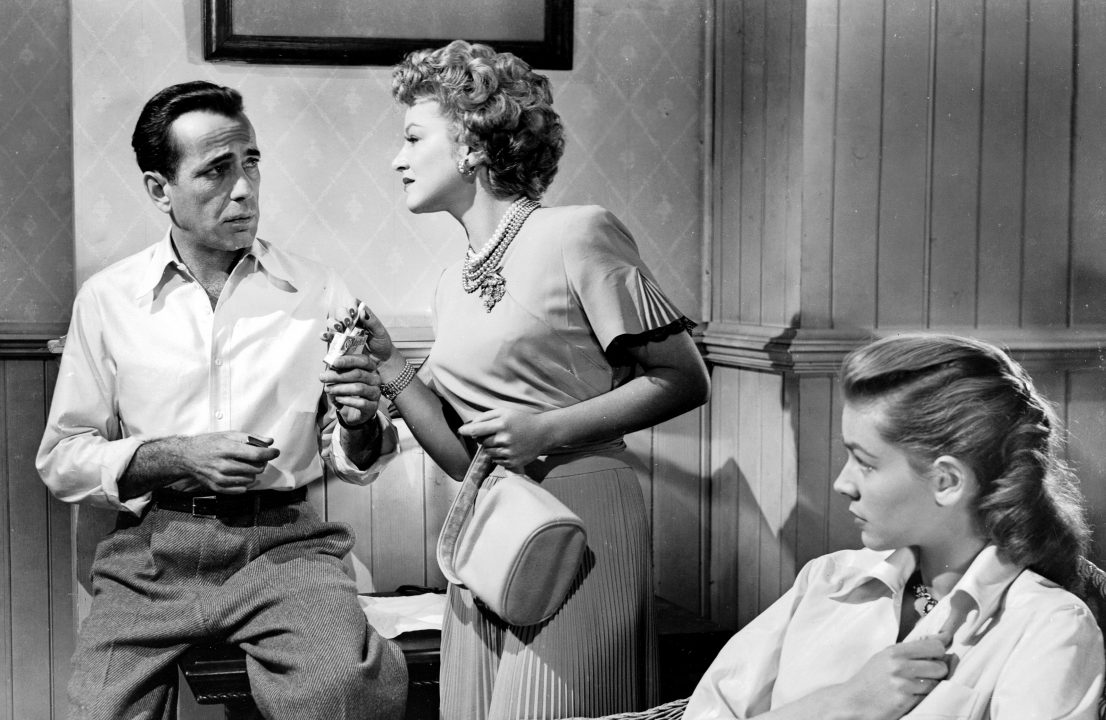

- #KEY LARGO MOVIE 1948 SET DESIGN FURNITURE HOW TO#
- #KEY LARGO MOVIE 1948 SET DESIGN FURNITURE SERIES#
#KEY LARGO MOVIE 1948 SET DESIGN FURNITURE HOW TO#
You know how to whistle, don't you, Steve? You just put your lips together and.blow." Has a more charged seduction ever been put on film Bacall the pursuer, Bogart the pursued off-screen and on, both falling in love. "You don't have to say anything, and you don't have to do anything. "I just saw your test," he told her when they met for the second time. He instructed her to lower her voice and study old Marlene Dietrich movies, and gradually this tentative, nervous Galatea be came direct, unflappable, sexy-"steel with curves," as Bogart said later, an ace foil for the older actor. Hawks sent for Bacall and put her under contract to him personally. "Listen, Sweets, you've always said you can take any girl and make a star of her," Slim challenged Hawks, who'd given Rita Hayworth her first break and encouraged Carole Lombard to turn to comedy. Impressed with her looks, Diana Vreeland put her on the cover of Harper's Bazaar, where she was noticed by Slim Hawks, the director's wife. Born Betty Joan Perske in New York, she had done some work at the American Academy of Dramatic Arts, scrabbled for a few small parts on Broadway and floundered as an actress before turning to modeling. But this was before he met Lauren Bacall. "I'm going to try and make a girl as insolent as you are," Hawks said.

He was on his third and most raucous marriage-Dorothy Parker said of the Humphrey Bogart-Mayo Methot ménage that "their neighbors were lulled to sleep by the sounds of breaking china and crashing glass"-when director Howard Hawks told him he was grooming an actress for To Have and Have Not who would challenge Bogie's supremacy.

#KEY LARGO MOVIE 1948 SET DESIGN FURNITURE SERIES#
He played a series of young men who "wore blazers, smiled a lot and had impeccable manners," according to Lauren Bacall reviewing his performance in Swifty (1922), Alexander Woollcott said (and later recanted) that Bogart's acting was "what is usually and mercifully described as inadequate." He made his film debut in a 10-minute short, Broadway's Like That (1930), and spent the next five years dividing his time between undistinguished B movies and additional roles on the stage, a talent in search of a niche. A student at the Trinity School in New York and the Phillips Academy in Andover, Massachusetts, from which he was expelled, and a seaman, second class, in the navy, where an injury to his mouth caused the famous lisp, Bogart began serving a long apprenticeship on the stage in 1920. The tight-jawed ruffian was actually the son of a physician and an illustrator. Thug, of course, for all the marginal types he brought to life, the killers and the gangsters and even the cops who, in Bogart's rendition, were merely criminals who'd strayed to the other side of the law noble for that brave and fiery independence-good guy or bad, Bogart was forever his own man. Cynical, arrogant, honest, brooding, notoriously tough and deeply but always secretly emotional (if a girl got lucky, he might tell her she's "good, awful good"), Humphrey Bogart's screen persona can be summed up as noble thug.


 0 kommentar(er)
0 kommentar(er)
